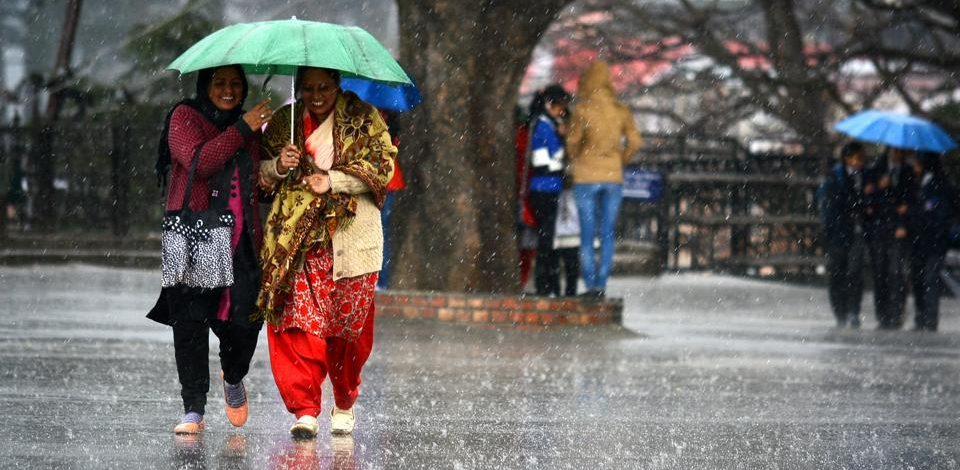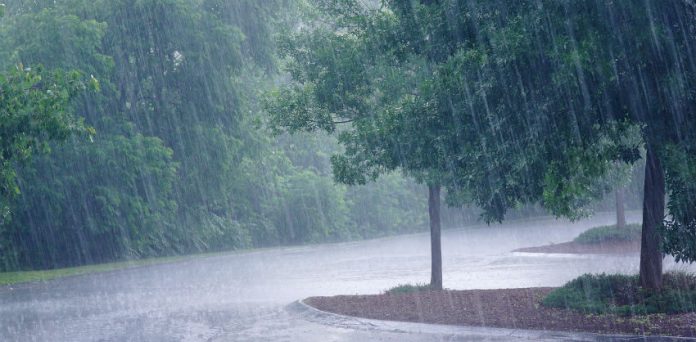- Many concerned citizens would be wondering what is happening with the erratic monsoon this year even though the rains started in a predicted manner in the first week of June. After starting on an auspicious note, the rain-gods appear to be taking an extended break without resuming what they are good at. On its part, the Indian Meteorological Department (IMD) has forecast a normal monsoon this year and the way it started raining in the initial days was enough to anticipate yet another bountiful rainfall on the back of two successive years. However, the lull being witnessed is a cause of concern for all related stakeholders who were banking on the normal monsoon all along.

PC: IST
- Needless to mention, the primarily agrarian country like India considerably depends on the monsoon rains for the Kharif season to kick-start sowing robustly. The rural economy is largely dependent on agriculture which in turn looks up to the sky for copious pouring to tide over the water-related crisis. Despite advancements in the way the modern agriculture sector is presently represented, continued reliance on monsoon rains is the reality even now. No denying the fact that though irrigation-based agriculture has commendably supplemented water requirements to a great extent, ryots looking up to a normal and good monsoon is quite a common phenomenon across the country.
- As is known, a little over 50% of India’s net sown area is under rainfed farming and a large part of the irrigated area depends on groundwater extraction through borewells. Therefore, long-term trends in the southwest monsoon overlap with economic security bearing an implication for the health of the nation. In this context, a study carried out last year by IMD on monsoon variability over 30 years – 1989 to 2018 – is a rude wake-up call. It is noted with great consternation that Uttar Pradesh, Bihar, and West Bengal are three of five states that have shown a significant decreasing trend in the southwest monsoon. This does not augur well for the self-sustainability and self-sufficiency of food production efforts.

PC: Scroll Staff
- Note that we have 18% of the world’s population with just 4% of freshwater resources and hence, water availability becomes a national challenge. It is observed that two trends have overwhelmed most other developments. First, inadequacies in public investment and, therefore, delivery of surface irrigation projects like canals have led to a rise in groundwater irrigation through increasingly unyielding borewells. Add to the conundrum the penchant of the political class to extend free electricity for agriculture, the endeavour to make a public policy of water using an area of far-reaching impact is nullified. Worryingly, the share of borewells in irrigation has increased from 1% in 1960-61 to around 64% today.
- Second, this water use pattern is inefficient as Indian farmers use two to four times more water than their Chinese counterparts to produce a unit of any major food crop. Practicing such a farming model is unsustainable compelling the authorities to come out with suitable policies including the critical electricity policy as well. Indian agriculture should adopt newer, less water-intensive technologies faster in line with the challenges staring on this front. Incentivizing the use of micro-irrigation measures with emphasis on water efficiency should be seriously considered. Every drop of water should be accounted for as the precious resource cannot be allowed to be misused or not accorded the importance it so badly deserves.






